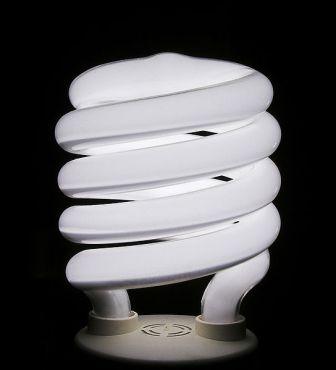Power Grid System in India – Part 3

Continued from part 1 and part 2
Indian Electricity Grid code
The Indian Electricity Grid Code (IEGC) lays down the rules, guidelines and standards to be followed by the various agencies such as RLDC, SLDC, State Transmission Utility (STU), Central Transmission Utility (CTU), NLDC and other participants in the system to plan, develop, maintain and operate the power system, in the most efficient, reliable, economic and secure manner, while facilitating healthy competition in the generation and supply of electricity.
Chronology of the events;
- Under the directions of Central Electricity Regulatory Commission (CERC), PGCIL has prepared the draft of the Indian Electricity Grid Code (IEGC) in April 1999.
- In January 2000, the Commission had approved the IEGC. The IEGC was subsequently reviewed, revised and approved by the Commission till 2002.
- The revised IEGC came into effect from April 1, 2002 and was in force till March 31, 2006.
- Further, the Electricity Act, 2003 requires the respective Commissions to specify the Grid Code for the sector under their jurisdiction. To account the additional grid standards specified by the Central Electricity Authority (CEA), CERC decided to specify the code pending for revision and finalization of the grid standards by CEA. Finally, the revised IEGC came into effect on April 1, 2006.
Simply, the IEGC ensures that;
- the distribution network should not be unacceptably affected by the generator
- the quality of supply to customers should be maintained at all times
- the generating equipment should not to be damaged by the distribution system
- the generator should be able to operate, and export power to the grid as intended and safety should be maintained at all times for the generator, distribution system and customers.
Standard voltage limit of Indian Grid
Transmission Lines;
All Users, RLDC, SLDC, State Transmission Utility (STU), Central Transmission Utility (CTU) and NLDC will have to take all possible measures to ensure that the grid voltage always remains within the following operating range.
|
Sr. No. |
Nominal System Voltage (kV rms) |
Maximum (kV rms) |
Minimum (kV rms) |
| 1. |
765 |
800 |
728 |
| 2. |
400 |
420 |
380 |
| 3. |
220 |
245 |
198 |
| 4. |
132 |
145 |
122 |
| 5. |
110 |
121 |
99 |
| 6. |
66 |
72 |
60 |
| 7. |
33 |
36 |
30 |
Distribution Lines;
The distribution segment continues to carry electricity from the point where transmission leaves off, that is, at the 66/33 kV level. The standard voltages on the distribution side are therefore 66kV, 33 kV, 22 kV, 11 kV and 400/230 volts, besides 6.6 kV, 3.3 kV and 2.2 kV. Depending upon the quantum of power and the distance involved, lines of appropriate voltages are laid. The main distribution equipment comprises HT and LT lines, transformers, substations, switchgears, capacitors, conductors and meters. HT lines supply electricity to industrial consumers while LT lines carry it to residential and commercial consumers.
Supply codes and Performance Standards lays down procedures for recovery of electricity charges, billing cycles, disconnections, and restoration of service and metering among other things. To protect consumer interests, the EA 2003 requires the SERCs to specify standards of performance for distribution licensees.
To be continued >>>


